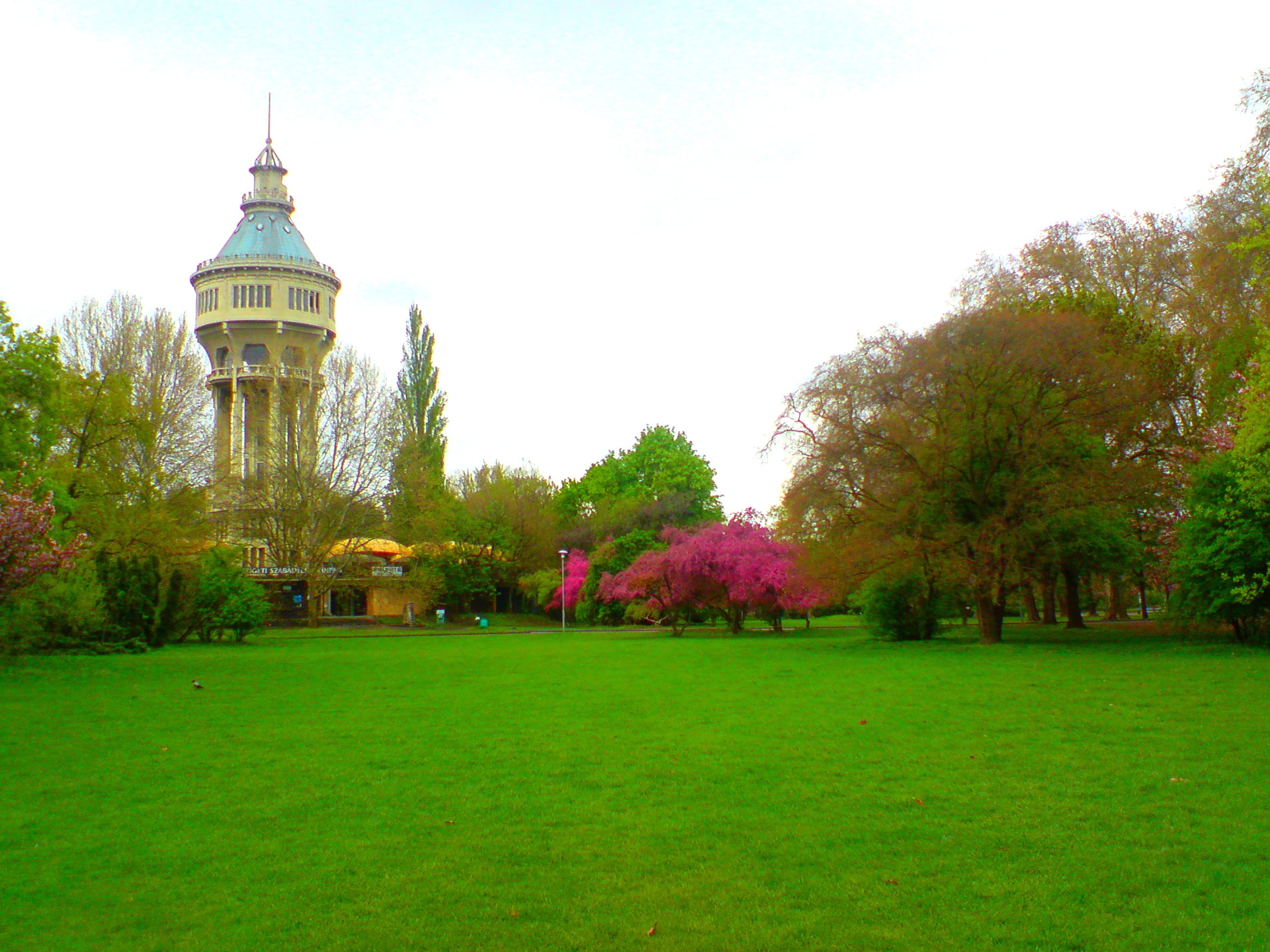Margaret Island
is a 2.5 km (1.6 mi) long island, 500 metres (550 yards) wide, (0.965 km² (225 acres) in area) in the middle of the Danube in central Budapest, Hungary. It belongs administratively to the 13th district. The island is mostly covered by landscape parks, and is a popular recreational area. Its medieval ruins are reminders of its importance in the Middle Ages as a religious centre. The island spans the area between the Margaret Bridge (south) and the Árpád Bridge (north).
Today's appearance was developed through the connection of three separate islands, the Festő, the Fürdő and the Nyulak, during the end of the 19th century, to control the flow of the Danube. Originally, the island was 102.5 metres above sea level, but now has been built up to 104.85 metres above sea level to control flooding.
The island was called Nyulak szigete (English: Island of the Rabbits) in the Middle Ages, and it received its current name after Saint Margaret (1242–1270), the daughter of Béla IV of Hungary who lived in the Dominican convent on the island. Other names of the island were Nagyboldogasszony-sziget, Úr-sziget, Budai-sziget, Dunai-sziget, Nádor-sziget, Palatinus-sziget during different periods of its history. (The names mean Island of Our Lady, Island of Nobles, Buda Island, Danube Island, Palatine Island.)
The Knights of St. John settled on the island in the 12th century. Among the present historical monuments of the island are the 13th century ruins of a Franciscan church and a Dominican church and convent, as well as a Premonstratensian church from the 12th century. Members of the Augustinian order also lived on the island.
The island was dominated by nunneries, churches and cloisters until the 16th century. During the Ottoman wars the monks and nuns fled and the buildings were destroyed. In the 18th century it was chosen to be the resort of palatines. It was declared a public garden in 1908.
The Centennial Memorial
Since the 1980s, entry by cars has been limited; only a single bus line and taxis, alongside the service traffic of local stores and restaurants are allowed to enter. On the northern end of the island a car park houses the cars of hotel guests.
There is a rubber-coated jogging track going around the island (5350 meters, marked by every 500 meters).







